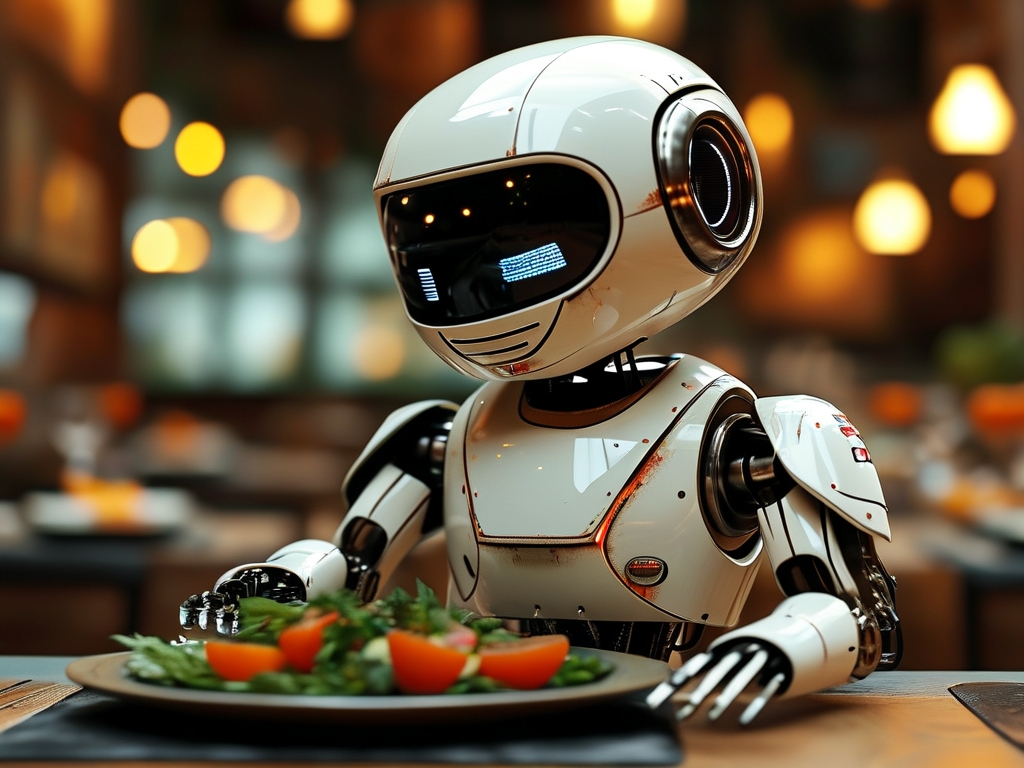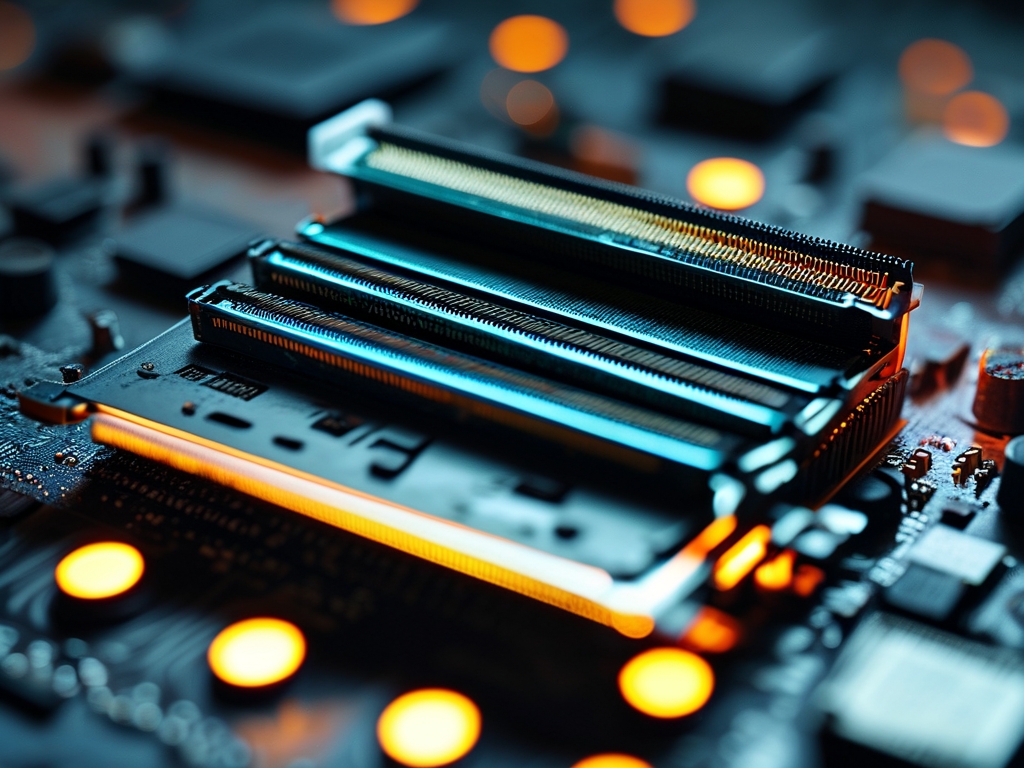The integration of robotics into the food service industry has revolutionized how restaurants, hotels, and catering businesses operate. Robotic food serving systems, once a futuristic concept, are now a reality, blending advanced engineering with artificial intelligence (AI) to enhance efficiency, hygiene, and customer experience. This article delves into the technology behind these systems, their applications, and the challenges they aim to address.

Core Technologies Powering Robotic Servers
-
Navigation and Mobility:
Modern food-serving robots rely on a combination of sensors, cameras, and LiDAR (Light Detection and Ranging) to navigate complex environments. Simultaneous Localization and Mapping (SLAM) algorithms enable robots to create real-time maps of their surroundings while avoiding obstacles. For instance, SoftBank Robotics’ “Servi” uses 3D vision and ultrasonic sensors to maneuver through crowded dining areas safely. -
Mechanical Design and Payload Handling:
Robotic servers are engineered to carry trays, plates, or beverages without spilling. Multi-axis robotic arms, often inspired by industrial automation, provide precision in gripping and transferring items. Companies like Pudu Robotics employ adaptive grippers with force feedback to handle fragile glassware or unevenly weighted dishes. -
AI and Machine Learning:
Machine learning models enable robots to recognize customer gestures, interpret voice commands, and optimize delivery routes. Natural Language Processing (NLP) allows systems like Bear Robotics’ “Servi” to understand orders in multiple languages. Over time, these robots learn peak service hours, table layouts, and even customer preferences to improve performance. -
Human-Robot Interaction (HRI) Interfaces:
Touchscreens, voice assistants, and mobile app integrations ensure seamless communication between humans and robots. For example, some systems display order statuses on built-in screens or send notifications to customers’ smartphones when food arrives.
Applications Across the Hospitality Sector
- High-Volume Restaurants: In fast-food chains like Spyce Kitchen (now part of Sweetgreen), robotic systems assemble meals in seconds, reducing wait times. Similarly, conveyor-belt sushi restaurants use robots to deliver plates directly to tables.
- Luxury Hotels: The Henn-na Hotel in Japan employs robot staff to serve meals, emphasizing novelty and efficiency. These robots also reduce human contact—a critical feature in post-pandemic service models.
- Hospitals and Care Facilities: Automated food delivery ensures timely meal distribution to patients while minimizing infection risks. Robots like “Tally” from Simbe Robotics are deployed in healthcare cafeterias for this purpose.
Advantages of Robotic Serving Systems
- Operational Efficiency: Robots work tirelessly, eliminating human fatigue-related errors. They can operate 24/7, making them ideal for late-night venues or airports.
- Hygiene and Safety: With contactless delivery and UV-C sterilization features, robots reduce cross-contamination risks—a significant concern in food handling.
- Cost Savings: While initial investments are high, businesses save on long-term labor costs. A single robot can replace multiple staff members during peak hours.
- Customer Engagement: The novelty of robotic service attracts tech-savvy patrons, boosting brand visibility. For instance, Chili’s “Rita the Robot” became a social media sensation, drawing curious diners.
Challenges and Limitations
- High Initial Costs: Advanced robots can cost between $20,000 to $50,000, limiting accessibility for small businesses.
- Technical Limitations: Robots struggle with unstructured tasks, such as handling unexpected spills or answering complex customer queries.
- Public Acceptance: Some customers prefer human interaction, viewing robots as impersonal. Training staff to collaborate with robots also requires time.
- Maintenance and Downtime: Malfunctions disrupt service, and repairing specialized hardware often requires expert technicians.
Future Trends and Innovations
- Swarm Robotics: Coordinated fleets of smaller robots could work together to serve large events or banquet halls.
- Enhanced AI Personalization: Future systems might recognize repeat customers and suggest menu items based on past orders.
- Sustainability Integration: Solar-powered robots or models made from recycled materials could align with eco-friendly initiatives.
In , robotic food serving systems represent a transformative shift in hospitality, driven by advancements in AI, mobility, and user interface design. While challenges remain, ongoing innovation promises to refine their capabilities, making them indispensable tools for modern food service businesses. As the technology matures, we can expect robots to transition from novelty attractions to essential components of efficient, hygienic, and customer-centric operations.


